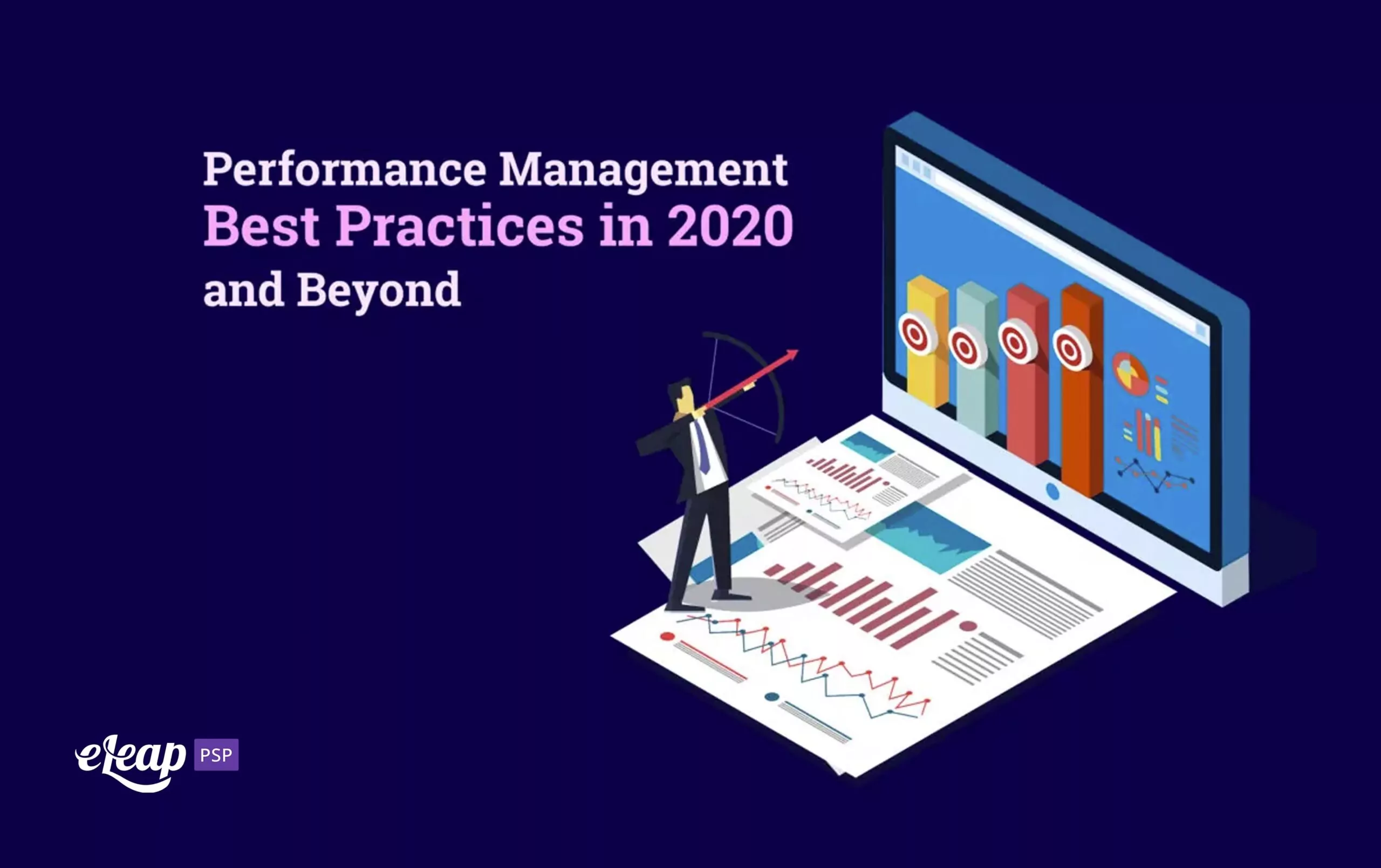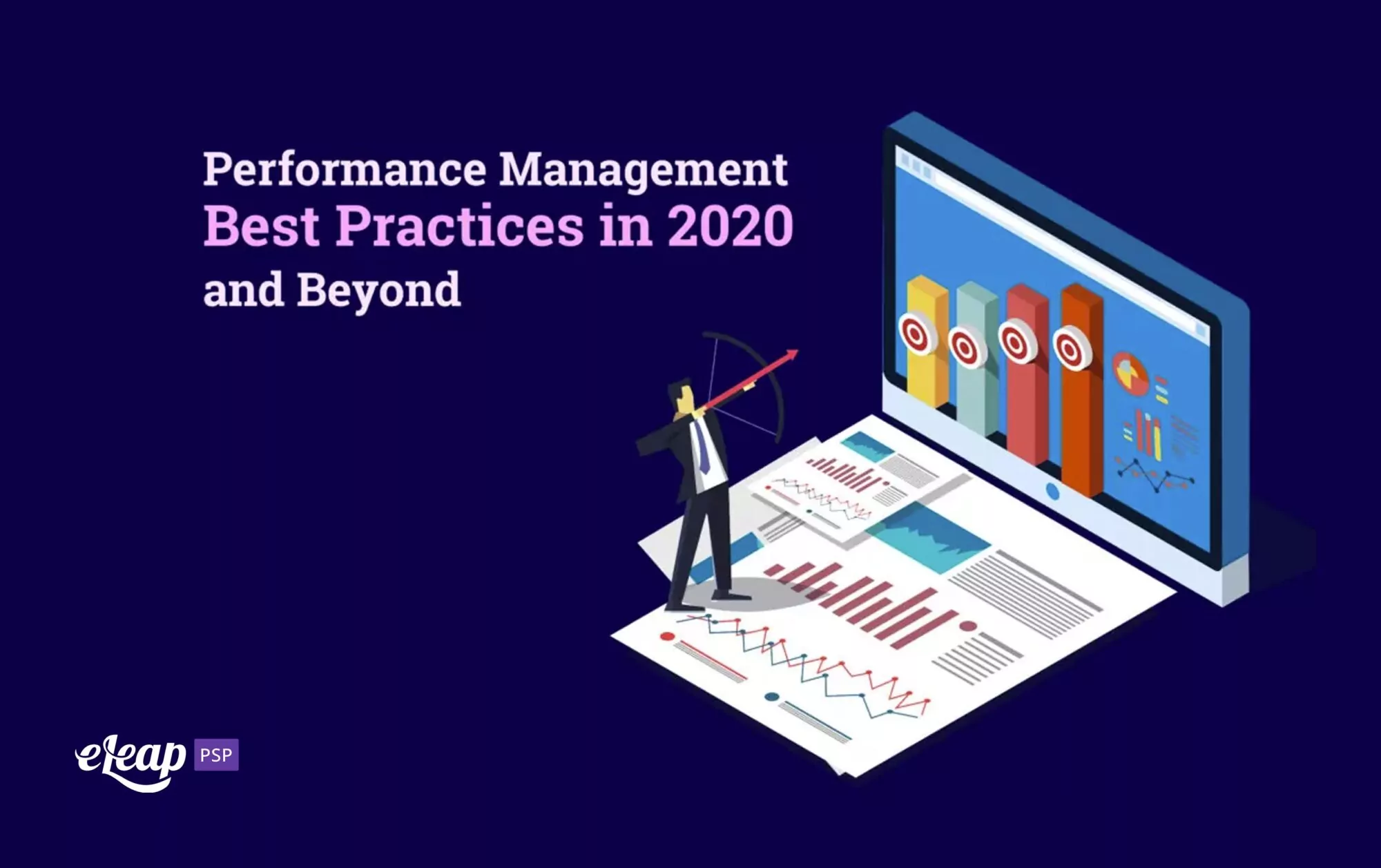Performance Management Best Practices in 2020 and Beyond

Managing the performance of your teams is critical. However, performance management has evolved a great deal, and they continue to change. This goes well beyond ditching the annual performance review, though. Performance management best practices ensure your team continues to excel.
If you’re going to manage your employees’ performance correctly and encourage them to perform at their peak, you’ll need to understand the best practices. And, it’s not just those in place today, but moving forward. Below, we’ll explore some of the most important best practices and what they mean for your organization.

Poll Your Employees
How effective is your current performance management strategy? You might think that it’s pretty good, but the chances are that you’re wrong. A Gallup poll in 2019 found that only 14% of employees surveyed were satisfied with and inspired by their performance reviews. That means 86% felt that their employer’s reviews were uninspiring and ultimately useless. Yes, there’s an excellent chance that you fall into that 86%.
Why is that, though? There are several reasons, but the most common one is that you’re probably not providing them with timely feedback. That’s particularly true if you’re only doing so once per year. The more frequently you coach employees and provide guidance, the better they perform and the more likely they are to do outstanding work.
So, poll your employees. Find out what they think of your current performance management system. Then make the changes they want to see.
Provide Feedback with an Impact
Performance management should involve more than just rubber-stamping employees who are performing to expectations and reprimanding those who are not. Your employees are the heart of your organization. They need feedback that matters. They need guidance that helps them improve, and that matters.
What does that mean, though? Simply put, you need to ditch the idea that performance management involves a carrot and stick. Instead, think about creating a conversation with each employee.
Sit down with them. Lay out goals and expectations, but then explain the tools available to help them achieve those objectives. Spend more time guiding and coaching your employees, not less. The point is not to save time or money here. It’s to create an employee-centric experience that supports your team and provides them with the tools and support needed for success.
The Use of OKRs
OKR stands for objectives and key results, and if you’re not using them in your performance management, you’re probably not seeing the results that you should be. What does that mean, though? It’s all about providing your employees with a roadmap to success.
Think about it this way – which is more likely to achieve success, an employee left to do what they do on their own or one who is provided with a list of objectives to reach and results that help them track progress toward those objectives? Yes, the latter. It’s important that you set ORKs at each coaching and adjust them over time.
Flexibility is key here. Create a conversation with the employee and mutually agree on the objectives and key results, then refine and iterate over time. As one objective is reached, set a new one. As results are seen, define additional ones.
Ongoing Development
In the past, employers assumed that the people they hired had the skills and knowledge necessary to handle the responsibilities of the position for which they were chosen. Today, things are more complicated. You expect employees to grow with your business. Few people are hired for one position and then work in that position for the rest of their careers.
What that means is you need to provide your team members with the development tools and resources necessary to evolve and grow. Without them, they’ll stagnate. They’ll disengage. And when that happens, your business suffers through lost productivity, reduced profitability, and staff churn.
Create Conversations
We’ve touched on conversations thus far, but we need to explore them in greater depth. These are check-ins or discussions, and they replace the annual review meeting. Ideally, you’ll schedule these weekly, but the frequency should match your employees’ needs as well as your available time. The key is to be flexible, as some employees will need more frequent check-ins than others. Bottom-line is these conversations should form the bedrock of your performance management best practices.
With conversations, you create an informal opportunity to discuss performance. However, because you’re doing this frequently, it has an actual impact on employee behavior. They’re able to put changes into effect immediately and receive feedback in real time.
Strive to create empowering, collaborative experiences. There should be a give-and-take from both sides. Remember – you’re not interrogating the employee. You’re talking with them. Also, remember that both sides are evaluating. Your employee should be free to provide feedback to you. Information should flow in both directions.
A Culture of L&D
Learning and development (L&D) are often left out of corporate cultures. In 2020 and beyond, you cannot afford that mistake, though. And it is a mistake. Companies that don’t support employee learning and development rarely see the stability and growth they should. Instead, they are marred by internal upheavals, regularly replace staff who are leaving for better opportunities, and struggle with negative corporate cultures that look down, even penalize, learning.
Focusing on creating a culture of learning and development can make all employees feel accepted and supported. When they’re supported, they are engaged, which encourages them to work even harder to achieve optimum output. It’s not just that, though. Engaged employees are more loyal and far more likely to climb the ladder with your organization than to go looking for a better position elsewhere.
In Conclusion
Following the performance management best practices we’ve discussed above will help ensure that you’re able to create a loyal, engaged, supported team, no matter your industry. Failing to do so will create massive challenges for your business, though. Be committed to changing the paradigm – give frequent, actionable feedback, define OKRs, and support ongoing learning and development at all levels throughout your business if you want to see lasting success.